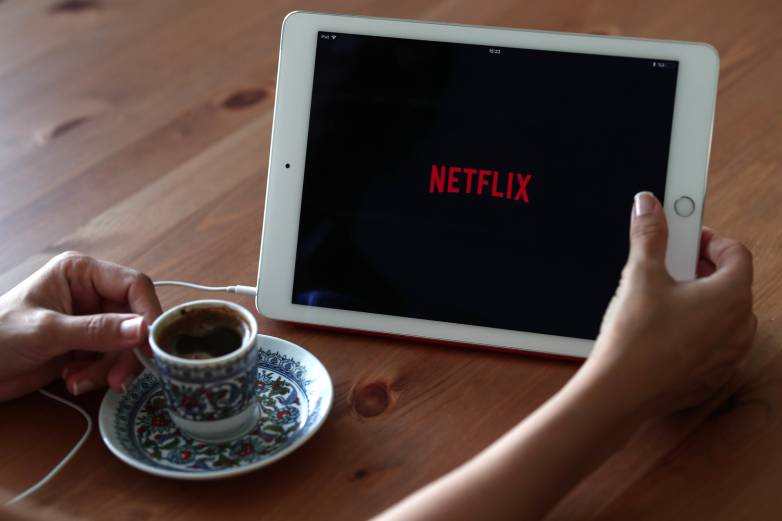A lot of our tutorials here on The Pi start the same way – with a link to this one. That’s because a huge number of great Raspberry Pi projects start with installing Raspbian on the Raspberry Pi. Raspbian is the Raspberry Pi’s most popular operating system, a spin off of the Linux distribution Debian that works well on the Raspberry Pi’s hardware. Raspbian is a competent and versatile operating system that gives your Raspberry Pi all the comforts of a PC: a command line, a browser, and tons of other programs. You can use a Raspberry Pi running Raspbian as a cheap and effective home computer, or you can use it as a springboard and turn your Raspberry Pi into any of countless other functional devices, from wireless access points to retro gaming machines. Here’s how to install Raspbian on the Raspberry Pi.
How to install Raspbian on the Raspberry Pi
Installing Raspbian on the Raspberry Pi is pretty straightforward. We’ll be downloading Raspbian and writing the disc image to a microSD card, then booting the Raspberry Pi to that microSD card. For this project, you’ll need a microSD card (go with at least 8 GB), a computer with a slot for it, and, of course, a Raspberry Pi and basic peripherals (a mouse, keyboard, screen, and power source). This isn’t the only method for installing Raspbian (more on that in a moment), but it’s a useful technique to learn because it can also be used to install so many other operating systems on the Raspberry Pi. Once you know how to write a disc image to a microSD card, you open up a lot of options for fun Raspberry Pi projects.
Install Netflix On Mac
Almost totally missed this because it didn't specifically mention 'mac' - that'd be a good keyword to include! Although it might already be included past the 'Read more' section. I CMD+F needs to be extended a little bit. That'd be a good api to for browsers to develop.

A word about NOOBS
Installer Netflix Macbook Pro

It’s worth noting that the method described here isn’t your only option for installing Raspbian. You can also opt to use NOOBS, an operating system installation manager that makes it easy to install Raspbian, as well as a few other operating systems. If you really want to make things easy, you can even buy SD cards that come pre-loaded with NOOBS. For a bit more on that, check out our post on how to install NOOBS on the Raspberry Pi.
Step 1: Download Raspbian
Download this app from Microsoft Store for Windows 10, Windows 8.1, Windows 10 Mobile, Windows Phone 8.1, Windows Phone 8, Xbox One. See screenshots, read the latest customer reviews, and compare ratings for Netflix. Tunnelbear Open Ports Fast Speeds. Tunnelbear Open Ports Best Vpn For Mac. Looking for more privacy online? Tunnelbear Open Ports Anywhere You Go Tunnelbear Open Ports Browse Faster Watch Any Content in The World - Get Vpn Now!how to Tunnelbear Open Ports for Cloud Storage Provider Comparison 2021. Likewise, you may get a similar message saying “this app is not compatible with your device” when you want to download certain apps on your iPad or iPhone, such as Netflix. See also: Cannot Connect to the App Store, Fix. Older devices may not support the highest supported versions of iOS available. We help you compare the best VPN services: Cyberghost Randomize Ip Location Anonmity, Logging Policys, Costs, IPs, Servers, Cyberghost Randomize Ip Location Countries, if filesharing is allowed, which operating and devices they offer clients for (Windows, Mac, Linux, iPhones / iPads, Android Tablets and Phones, Cyberghost Randomize Ip Location Settop-Boxes and more) as well as in depth reviews.
I promised to show you how to install Raspbian on the Raspberry Pi, so it’s about time that we got started! First things first: hop onto your computer (Mac and PC are both fine) and download the Raspbian disc image. You can find the latest version of Raspbian on the Raspberry Pi Foundation’s website here. Give yourself some time for this, especially if you plan to use the traditional download option rather than the torrent. It can easily take a half hour or more to download.
Step 2: Unzip the file

The Raspbian disc image is compressed, so you’ll need to unzip it. The file uses the ZIP64 format, so depending on how current your built-in utilities are, you need to use certain programs to unzip it. If you have any trouble, try these programs recommended by the Raspberry Pi Foundation:
- Windows users, you’ll want 7-Zip.
- Mac users, The Unarchiver is your best bet.
- Linux users will use the appropriately named Unzip.
Step 3: Write the disc image to your microSD card
Next, pop your microSD card into your computer and write the disc image to it. You’ll need a specific program to do this:
How To Instal Netflix Party On Mac
- Windows users, your answer is Win32 Disk Imager.
- Mac users, you can use the disk utility that’s already on your machine.
- Linux people, Etcher – which also works on Mac and Windows – is what the Raspberry Pi Foundation recommends.
The process of actually writing the image will be slightly different across these programs, but it’s pretty self-explanatory no matter what you’re using. Each of these programs will have you select the destination (make sure you’ve picked your microSD card!) and the disc image (the unzipped Raspbian file). Choose, double-check, and then hit the button to write.
Step 4: Put the microSD card in your Pi and boot up

Once the disc image has been written to the microSD card, you’re ready to go! Put that sucker into your Rasberry Pi, plug in the peripherals and power source, and enjoy. The current edition to Raspbian will boot directly to the desktop. Your default credentials are username pi and password raspberry.

